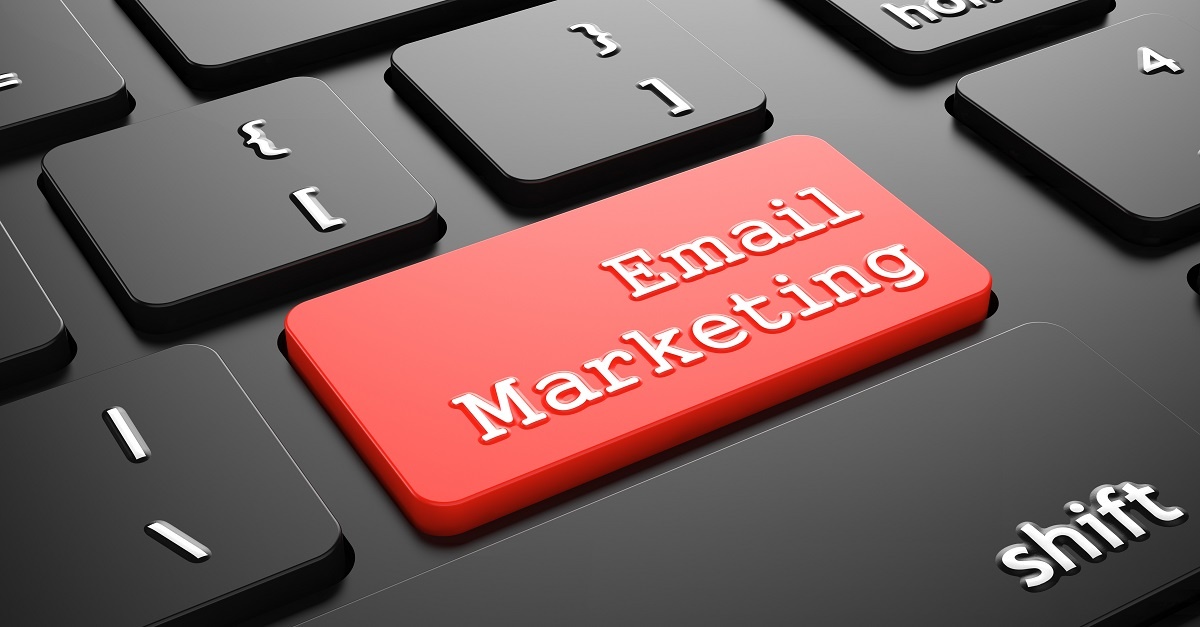If you’ve ever struggled with writing email marketing copy, you’ve probably come across some of the many articles on the topic online. Many address subject line length, CTA button design, and other topics in great detail—but for me, the hardest part has always been the copy itself.
Here are a few general tips that for drafting B2B email copy more efficiently, though the ideas apply to most types of writing.
Write down your goal before anything else
Generally, it’s very difficult to write anything good without a clearly defined goal. (If you don’t believe me, try asking a fiction writer.) Whatever your goal is, write it down at the top of your draft and leave it there. Then worry about the subject line, headline, body copy, etc. The more clearly defined your goal is, the more focused the resulting copy.
The reason for actually writing the goal down? Setting the goal isn’t the hard part—sticking to it is. But just “keeping your goal in mind” makes it too easy to go off on a tangent (and eventually discover you can’t use 90% the copy you’d been working on). Keeping your goal (literally) visible makes it easier to decide what works in your copy and what doesn’t. Having your goal on paper also helps refocus your mind if you get stuck or feel like you’re going off track. In addition, don’t be afraid to change your goal (but be sure to actually rewrite it if you do).
Just tell people what they need to know
Keep the email copy short and sweet—the more useless words you can cut out, the sharper your remaining copy will be. In his famous book On Writing Well, writer/journalist William Zinsser sums this up beautifully:
The secret of good writing is to strip every sentence to its cleanest components. Every word that serves no function, every long word that could be a short word, every adverb that carries the same meaning that's already in the verb, every passive construction that leaves the reader unsure of who is doing what—these are the thousand and one adulterants that weaken the strength of a sentence.
Zinsser probably didn’t have had B2B email marketing in mind when he wrote this, but the importance of conciseness applies here too. And in terms of email content, you don’t need to include a laundry list of information—you just need enough to pique viewers’ interest and get them to take action.
Be specific about the benefits
If you’re trying to interest people in, say, an alarm system, don’t say it offers “messaging functionality” if you actually mean “automatic SMS/email alerts.” We’re all guilty of letting ambiguous words into our writing (myself included), so it’s always worth reviewing what you’ve written and seeing what you can tighten up. Generally, the more vivid and specific you can make the copy, the more persuasive it will be.
And recipients will thank you for it (or at least click on your email if you’re lucky). You’re already asking people to read and act on your email; don’t expect them to spend time guessing what you mean by “expanded digital management capabilities.” They probably won’t.
What are your tips to a good email marketing campaign? Email us at info@lrgmarketing.com.



